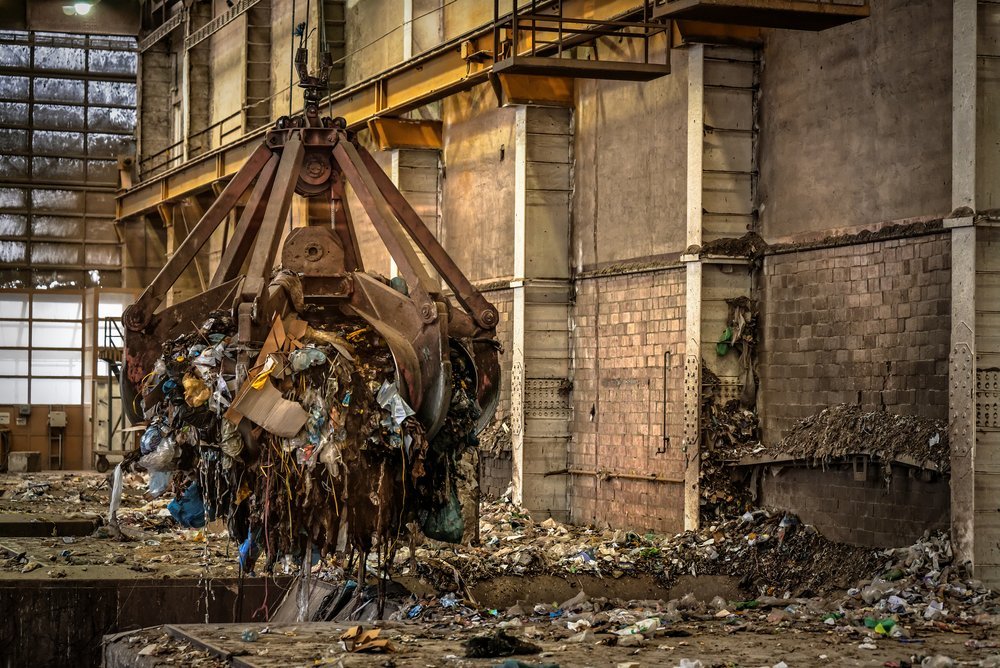Industries & Application
Waste Processing
Waste Incinerator Plant
Waste incineration is an effective way to manage solid waste generation in many developing countries. However, if any wastes containing mercury are improperly disposed of with other wastes for incineration, mercury gas is released into our atmosphere in the incinerator flue gas, increasing mercury pollution in our environment.


Mercury from Waste Incinerator Flue Gas
Mercury emitted in the atmosphere can travel for hundreds or thousands of miles, transported worldwide, where it is eventually deposited in the earth’s soil, water, and plants. From there, mercury in water can methylate into organic mercury and bioaccumulates in marine animals. Or mercury deposited in other media can be re-volatilized into the air, transported by rivers and streams, and absorbed into plants and animals that humans consume for food.
Solutions
RA-Series
For raw water, process water, industrial wastewater, rain-runoff, acid digestion (sludges, soil, etc.)

